table of contents:
Are your sewing machine threads stubbornly forming unsightly loops? This problem is no accident and usually manifests itself as excess loose thread on the right or wrong side of the fabric. It often indicates an imbalance in thread tension or incorrect threading.
Here, we'll uncover the causes of looping threads on your sewing machine and offer quick and effective solutions to resolve them. We'll give you the best tips for correcting this problem, ensuring consistent and strong stitches.
How to identify the different types of loop?
When faced with a sewing machine thread looping problem, careful observation of the seam can provide valuable insights. Depending on the location of the loops, above or below the floral fabric , and their appearance, it is possible to trace the cause of the malfunction. This table guides you to recognize each type of loop, understand its origin (tension, threading, bobbin, needle, etc.) and apply the necessary adjustments or actions to effectively resolve it.
|
Table of the different types of wire loops, their possible locations on the work, |
||
|
Loop Type / Location |
Probable cause |
Diagnostic Solution / Adjustment |
|
Loops on the underside of the fabric |
Upper thread tension too loose |
Check the threading of the upper thread, |
|
Loops on top of the fabric |
Bobbin thread tension too loose or |
Check that the can is correctly |
|
Irregular loops or skipped stitches |
Blunt needle, incorrect threading, |
Replace the needle with a new one |
|
Thread knots |
Incorrect threading, poor quality thread, |
Rethread the machine completely, |
|
Thread tangled under the fabric |
Incorrect bobbin tension, |
Clean the bobbin case for |
The Main Causes of Thread Looping in Your Sewing
When you encounter a looping sewing machine thread problem, it's often difficult to immediately identify the cause. However, this common issue can quickly compromise the quality of your stitching. Before you panic, be aware that several factors can cause this inconvenience. Let's explore the main causes to address to restore clean and even stitching.
Thread Tension Problems: The Big Culprit
Improper thread tension unbalances the forces between the top thread and the bobbin thread, which can cause unsightly loops in your work.
Too tight a tension can cause the fabric to pucker and the thread to break. Too loose a tension can leave loose stitches. Therefore, the correct thread setting on your sewing machine is essential to ensure neat, long-lasting seams. Check the setting regularly, especially when changing fabrics.
Is your sewing machine giving you trouble? Contact the professionals at Verotex today for a quick and effective solution.

Incorrect Threading: Common Mistakes to Avoid
When threading, pay attention to the following mistakes:
-
Forgetting an important wire guide
-
The presser foot remains lowered during threading
-
The upper thread is not correctly engaged in the tensioner
-
The bobbin thread is not held during the first stitch
Threading can easily disrupt the sewing machine tension. To avoid this problem, follow the machine's diagram, which guides the thread from the spool to the needle without skipping any steps.
Bobbin Problems: Installation and Winding
An unevenly wound bobbin creates unbalanced tensions. The upper and lower threads must intertwine harmoniously to avoid loops.
A poorly positioned bobbin case or improperly threaded bobbin will cause uneven stitches. If your sewing suddenly becomes uneven, there is likely a bobbin problem with your sewing machine . Always remember to check the thread direction and the cleanliness of the bobbin case.
Needle choice and its impact on stitch quality
A faulty or poorly fitted needle causes skipped stitches. A blunt needle tip may pull the thread instead of piercing it cleanly.
Choose your needle according to the fabric: flat needle for cotton, pointed needle for tight-knit fabrics, ballpoint needle for elastic. Also, make sure to use good quality sewing threads , suitable for your project, to avoid breakage or untimely loops. A good needle and thread combination prevents loops.

Practical solutions to solve the looping wire problem
A sewing machine thread loop can quickly turn your sewing session into a headache. Fortunately, a few simple steps can often resolve it. By properly adjusting the thread tension and checking the threading, you can achieve crisp, even stitches. Discover practical solutions to effectively correct this common problem here.
How to adjust the thread tension correctly?
To test thread tension, sew a swatch of fabric. The top and bobbin threads should intertwine in the middle of the fabric, and a balanced stitch avoids loops.
Adjust the tension with the adjustment dial. If it's too tight, it will pucker the fabric, and if it's too loose, it will leave loose stitches. Test after each adjustment to find the right balance.
For any breakdowns or questions regarding your sewing machine, the experts at Verotex are here to help. Don't hesitate to contact us!
Check and correct the threading of your machine
Raise the presser foot, then position the spool and follow the threading diagram. Then pass the thread through the guides before moving down to the needle and pulling out 10 cm of free thread.
|
Specific problem |
Targeted solution |
|
The thread escapes from the thread guide |
Check the wire guide lock or replace it if damaged |
|
The wire does not pass through the tensioner |
Clean the tensioner and reinsert the wire according to the user manual |
|
Sensor problem after threading |
Restart the machine or reset the threading settings |
Install the bobbin correctly and adjust its tension
To properly install your bobbin, open the compartment and insert the bobbin, paying attention to the direction of the thread (usually counterclockwise). Then, pull the thread through the slot and close the case.
-
Thread suddenly breaks while sewing
-
Irregular or skipped stitches
-
Presence of loops under the fabric

Care and prevention tips for perfect seams
Maintaining your sewing machine plays a vital role in preventing looping thread problems. Regular maintenance and choosing the right thread for your fabric not only prevents malfunctions but also ensures smooth and precise sewing. Here are some practical tips to keep your machine in perfect condition and guarantee impeccable results with every project.
Regular maintenance of your sewing machine
Remove any lint caught under the bobbin case or around the feed dogs, and remember to clean after every project or every two to three uses, depending on the intensity. A clean machine helps you avoid problems with thread tension and improper threading.
Also check your manual to identify the oiling points. For optimal operation of the machine, use special sewing machine oil and apply a few drops to the rails and pivots. Regular lubrication protects the mechanisms and prevents skipped stitches.
The presser foot is an important accessory to improve stitch quality and avoid loops.
Don't let a malfunction ruin your work. Verotex's qualified technicians are ready to help. Call us now !
Choosing the Right Thread for Your Sewing Project
Cotton thread is suitable for natural fabrics like linen or cotton, while polyester is suitable for synthetic materials. Choosing a French cotton thread limits problems with uneven tension and prevents loops from forming.
Another way to avoid the problem of looping thread on a sewing machine is to choose the right combination of thread, fabric, and needle: a flat needle is suitable for cotton, a pointed needle is suitable for tight-knit fabrics, and a ballpoint needle is suitable for elastic. A good combination prevents unsightly loops and ensures neat seams.
There are three main causes of looping thread on your sewing machine: improperly adjusted tension, incorrect threading, or an improperly installed bobbin. Try these simple solutions to restore crisp seams.

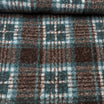



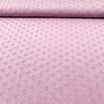
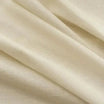





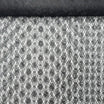
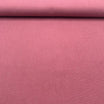
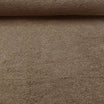

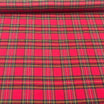




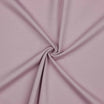
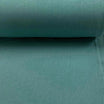
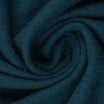
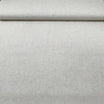

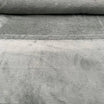
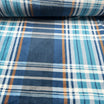

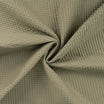








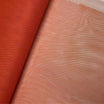

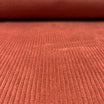
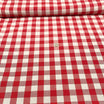



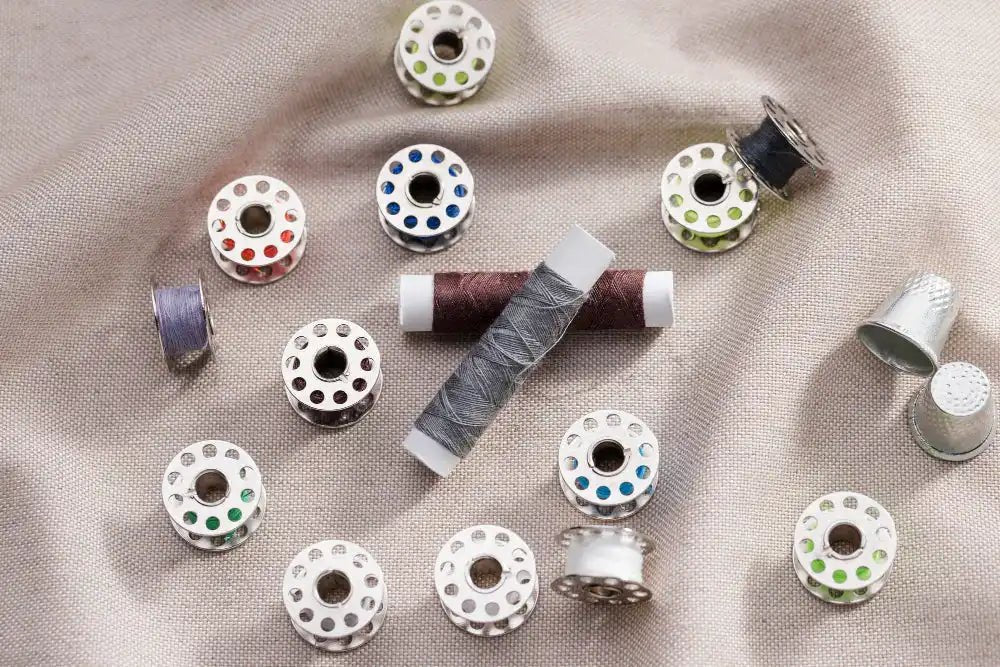
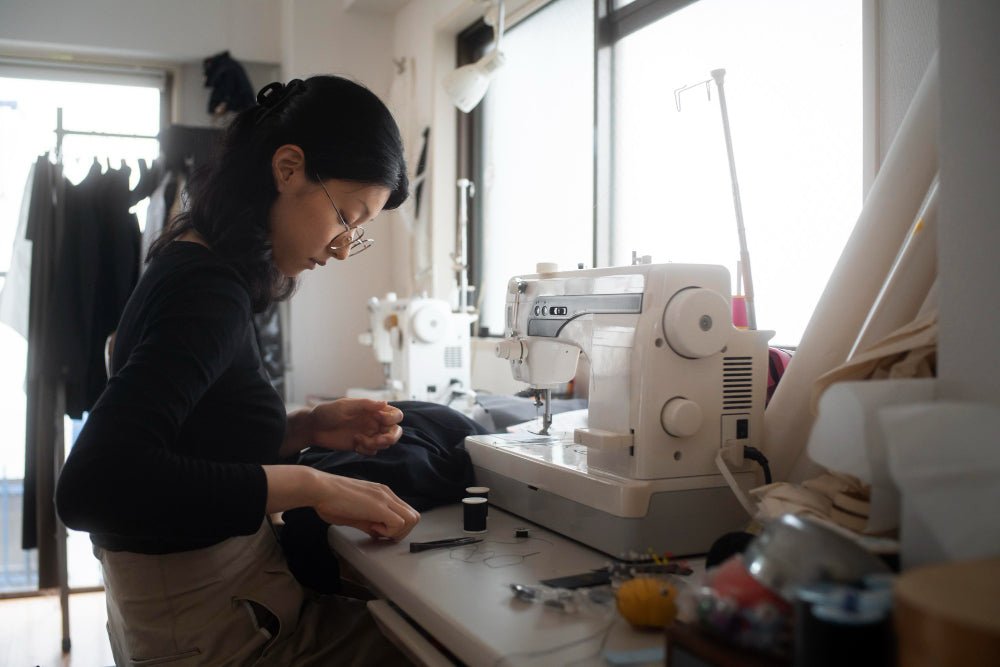
Leave a comment
All comments are moderated before being published.
This site is protected by hCaptcha and the hCaptcha Privacy Policy and Terms of Service apply.